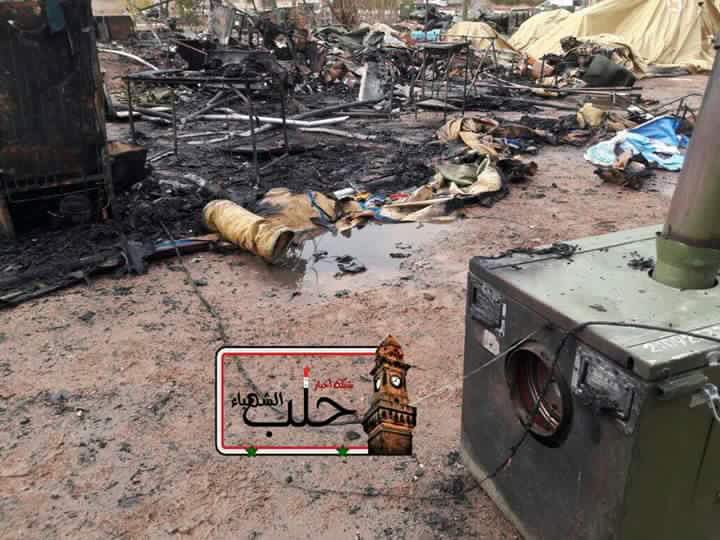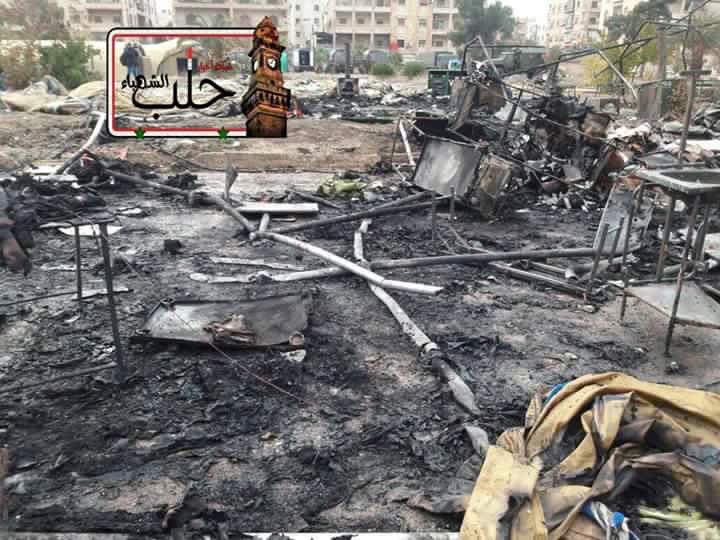The ZU-23-2 and the 2B9 Vasilek are likely to be finished in Russia by this war, and maybe in Novorussia too.
Really don't understand what you have against such weapons... both can still do the jobs they were designed to do...
Russia has lots of self propelled "successors" of the ZU-23-2. All them more powerful than the ZU-23-2. The ZSU-23-4 can be considered the first "successor" (technologically) of the ZU-23-2.
Wrong.
The ZSU-23-4 are not even related to ZU-23-2. They entered service only a couple of years apart.... the ZSU-23-4 replaced the ZSU-57-2.
The ZU-23-2 cannot be replaced with a ZSU-23-4 just like a Sprut can't be replaced by a T-90.
And for the 2B9 Vasilek of 82mm, its high weight makes them significantly more difficult to move than the current bench of lighter portable/man-portable mortars of 82mm (2B14, 2B24 and 2B25) and 120mm (2B11 2S12 Sani and 2B23).
The Vasilek has wheels and can move as quickly as the vehicle towing it... which is much faster than a man portable 82mm mortar...
Then the procurement of the ZU-23-2 and the 2B9 to Syria, and its replacement in Russia by stronger weapons, is a natural step for Russia.
To actually replace those two systems you would need a comparable system... ie for the ZU-23-2 the only replacement system I have ever seen would be the trailer mount for a single twin barrel 2A38M 30mm cannon that had four laser beam riding SOSNA-R missiles mounted on it.
For the Vasilek the only viable replacement would be the new 57mm grenade launcher that has not yet entered service AFAIK.
- A weight that makes them towed weapons, which means to have not own mobility and to be not portable/man-portable. To move them you need weapon+vehicle.
The Russian military is fully mechanised... towing vehicles would not be a problem.
- A lack of protection for their crews while are used.
You are thinking of the ZU-23-2 as a weaker version of the ZSU-23-4. It is actually a rather more powerful HMG. That is how it is used these days.
Most light mortars are crew served weapons that are small and light and portable in terms of protection the Vasilek is no less well protected than any western 82mm equivalents... but has enormous advantages in fire power.
- A lower fire power compared to the weapons of (at least) their weight+role.
Wrong. The western equivalent of the ZU-23 is a 50 cal HMG or a 40mm grenade launcher which are not more mobile than the ZU-23 and have rather less power and range.
In terms of the Vasilek a Russian team can arrive to a firing position, set up and fire 32 rounds and leave before a western 82mm mortar has even gotten into position...
The only comparable western system would be a 60mm french Brandt auto mortar mount.... and how often do you see those?
The simple fact is that some weapons are useful for all sorts of purposes and some age quickly.
A case in point is the anti tank rifle and towed light anti tank gun... the soviets had 14.5mm rifles and 45mm towed guns. Well after they were ineffective against enemy armour they continued in widespread use because for some targets a powerful high velocity round was useful. With the 45mm gun HE shells made them even more useful.
The ZU-23-2 is just such a weapon... useful gate guard or for directing streams of heavy shells at a target that is being difficult. Recoilless Rifles can perform a similar role but the devastating effect of high velocity 23mm cannon shells coming through the front of your truck or light APC is not the same as anything else... remember the ZU-23 fires 23 x 152mm shells with high velocity and heavy projectiles for its calibre.
where we actually see the reduction of the ZSU-23-4 in service, as the 23-4 is mounted on an older chassis of T-55/54 which makes it heavy, greater o
The ZSU-57-2 had the T-55 chassis... the chassis for the ZSU-23-4 was based on the the same chassis the PT-76 was made from... a GM class chassis similar to the chassis for the 2S3 and Tunguska, and TOR...





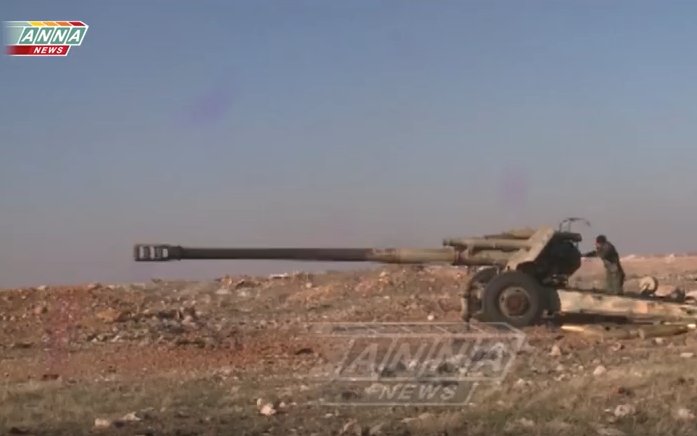



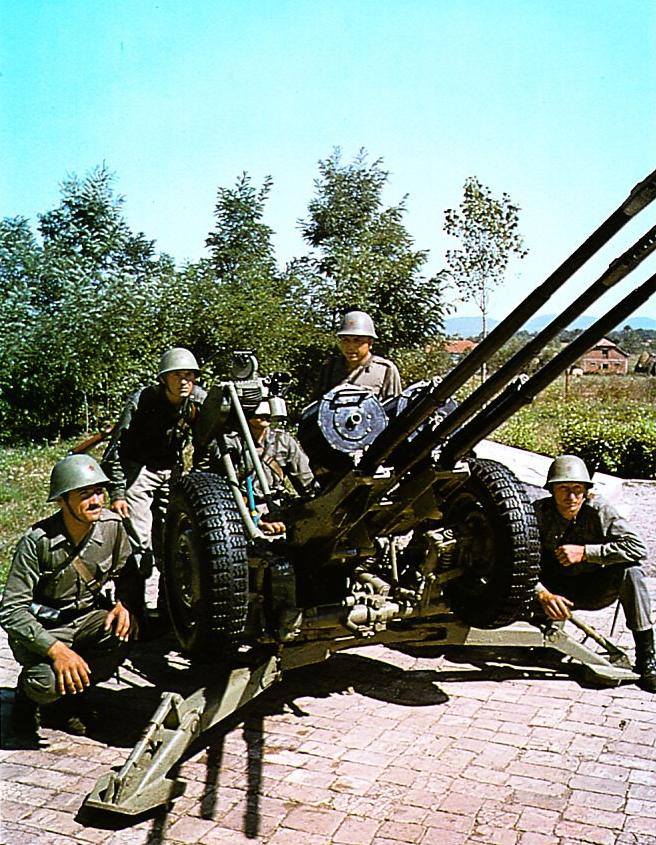
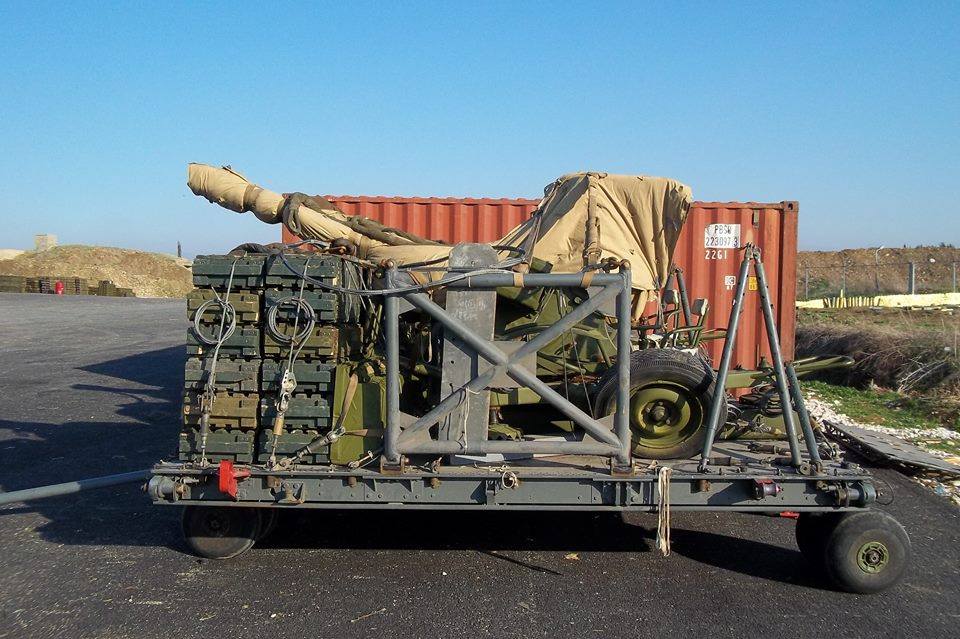
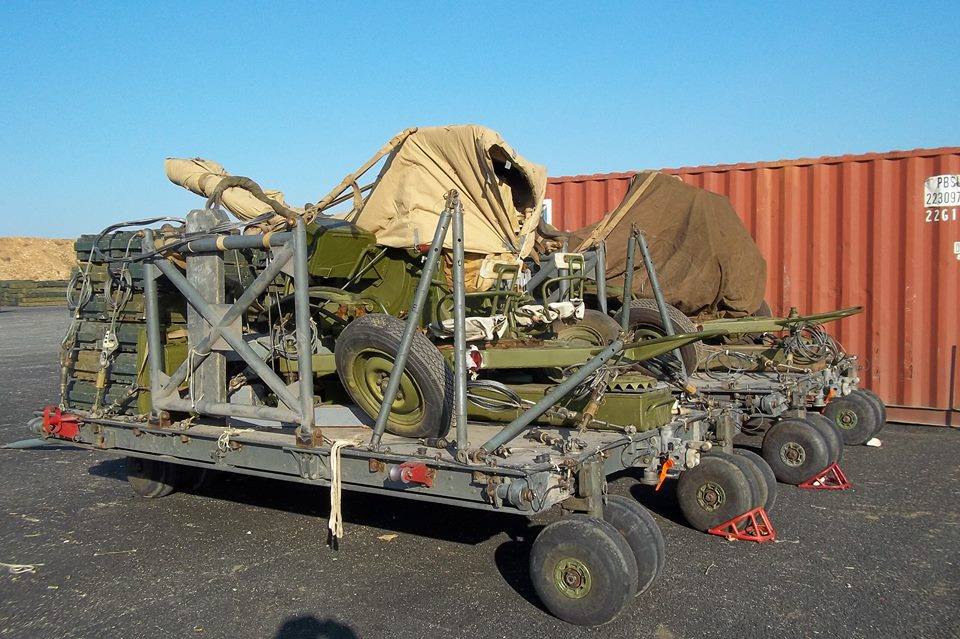
 JohninMK
JohninMK


